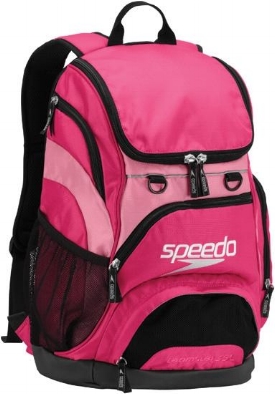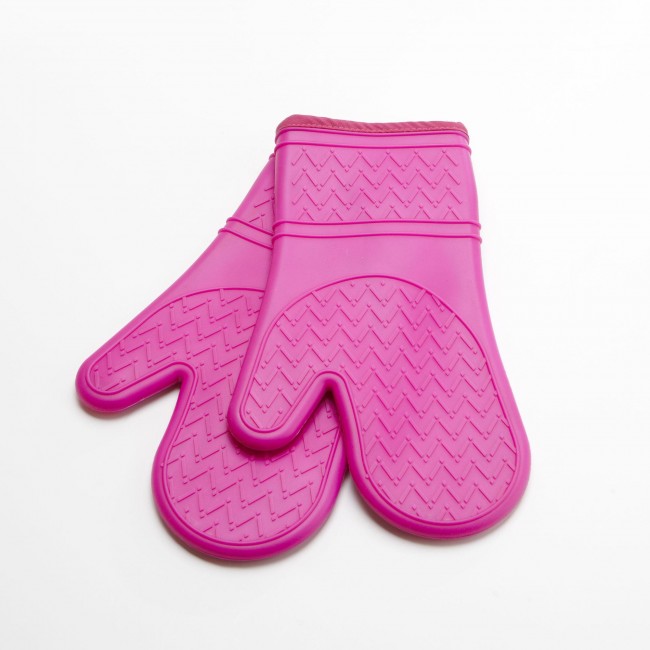Fueling your body with the right nutrients before and after swim practice is crucial for maintaining energy levels, optimizing performance, and aiding in recovery. These breakfast recipes will provided you with a variety of quick and easy breakfasts, satisfying snacks, hydrating and nutrient-rich beverages to meet the specific needs of swimmers.
1.1 Overnight Oats with Fruit and Nuts
Ingredients:
1/2 cup rolled oats
1/2 cup unsweetened almond milk (or milk of choice)
1/2 cup Greek yogurt
1 tbsp chia seeds
1 tbsp honey or maple syrup
1/2 cup diced fruit (such as berries or banana)
2 tbsp chopped nuts (such as almonds or walnuts)
Instructions:
In a mason jar or airtight container, combine the rolled oats, almond milk, Greek yogurt, chia seeds, and honey or maple syrup.
Stir the mixture well to combine, then cover and refrigerate overnight.
In the morning, top the overnight oats with diced fruit and chopped nuts. Enjoy cold or at room temperature.
Nutritional Information (approximate per serving):
Calories: 420, Protein: 18g, Carbohydrates: 52g, Fat: 18g
1.2. Greek Yogurt Parfait with Granola and Berries
Ingredients:
1 cup Greek yogurt
1/2 cup mixed berries (such as raspberries, blueberries, or strawberries)
1/4 cup granola
1 tbsp honey or maple syrup
Instructions:
In a bowl or glass, layer half of the Greek yogurt, followed by half of the mixed berries and half of the granola.
Repeat the layering with the remaining yogurt, berries, and granola.
Drizzle honey or maple syrup on top and enjoy immediately.
Nutritional Information (approximate per serving):
Calories: 380, Protein: 20g, Carbohydrates: 55g, Fat: 10g
1.3. Veggie Omelette with Whole-Grain Toast
Ingredients:
2 large eggs
1/4 cup diced bell pepper
1/4 cup diced onion
1/4 cup diced tomato
1/4 cup chopped spinach
1/4 cup shredded cheese (such as cheddar or mozzarella)
Salt and pepper, to taste
1 tsp olive oil
2 slices whole-grain bread
Instructions:
In a bowl, whisk together the eggs, salt, and pepper. Set aside.
Heat the olive oil in a non-stick skillet over medium heat. Add the bell pepper and onion, sautéing until softened, about 3-4 minutes.
Add the tomato and spinach to the skillet, cooking for an additional 1-2 minutes.
Pour the whisked eggs over the vegetables, tilting the pan to evenly distribute the mixture. Sprinkle the shredded cheese on top.
Cover the skillet and cook for 2-3 minutes until the eggs are set and the cheese is melted.
While the omelette cooks, toast the whole-grain bread to your desired level of crispness.
Carefully fold the omelette in half, and serve with the toasted whole-grain bread.
Nutritional Information (approximate per serving):
Calories: 470, Protein: 28g, Carbohydrates: 34g, Fat: 25g
1.4. Avocado Toast with Smoked Salmon
Ingredients:
2 slices whole-grain bread
1 ripe avocado
1/2 lemon, juiced
Salt and pepper, to taste
4 oz smoked salmon
Optional toppings: thinly sliced red onion, capers, chopped fresh dill, or a sprinkle of everything bagel seasoning
Instructions:
Toast the whole-grain bread to your desired level of crispness.
In a small bowl, mash the avocado with the lemon juice, salt, and pepper.
Spread the mashed avocado evenly on the toasted bread slices.
Top each slice with smoked salmon and any additional desired toppings, such as red onion, capers, or fresh dill.
Serve immediately and enjoy!
Nutritional Information (approximate per serving):
Calories: 480, Protein: 25g, Carbohydrates: 40g, Fat: 25g
1.5. Peanut Butter and Banana Smoothie
Ingredients:
1 medium ripe banana, frozen
1 cup unsweetened almond milk (or milk of choice)
2 tbsp natural peanut butter
1/2 cup Greek yogurt
1 tbsp honey or maple syrup (optional)
1/2 tsp vanilla extract
1 cup ice cubes
Instructions:
In a blender, combine the frozen banana, almond milk, peanut butter, Greek yogurt, honey or maple syrup (if using), and vanilla extract.
Blend until smooth and creamy.
Add the ice cubes and blend again until the smoothie reaches your desired consistency.
Pour into a glass and enjoy immediately.
Nutritional Information (approximate per serving):
Calories: 460, Protein: 20g, Carbohydrates: 50g, Fat: 22g
























